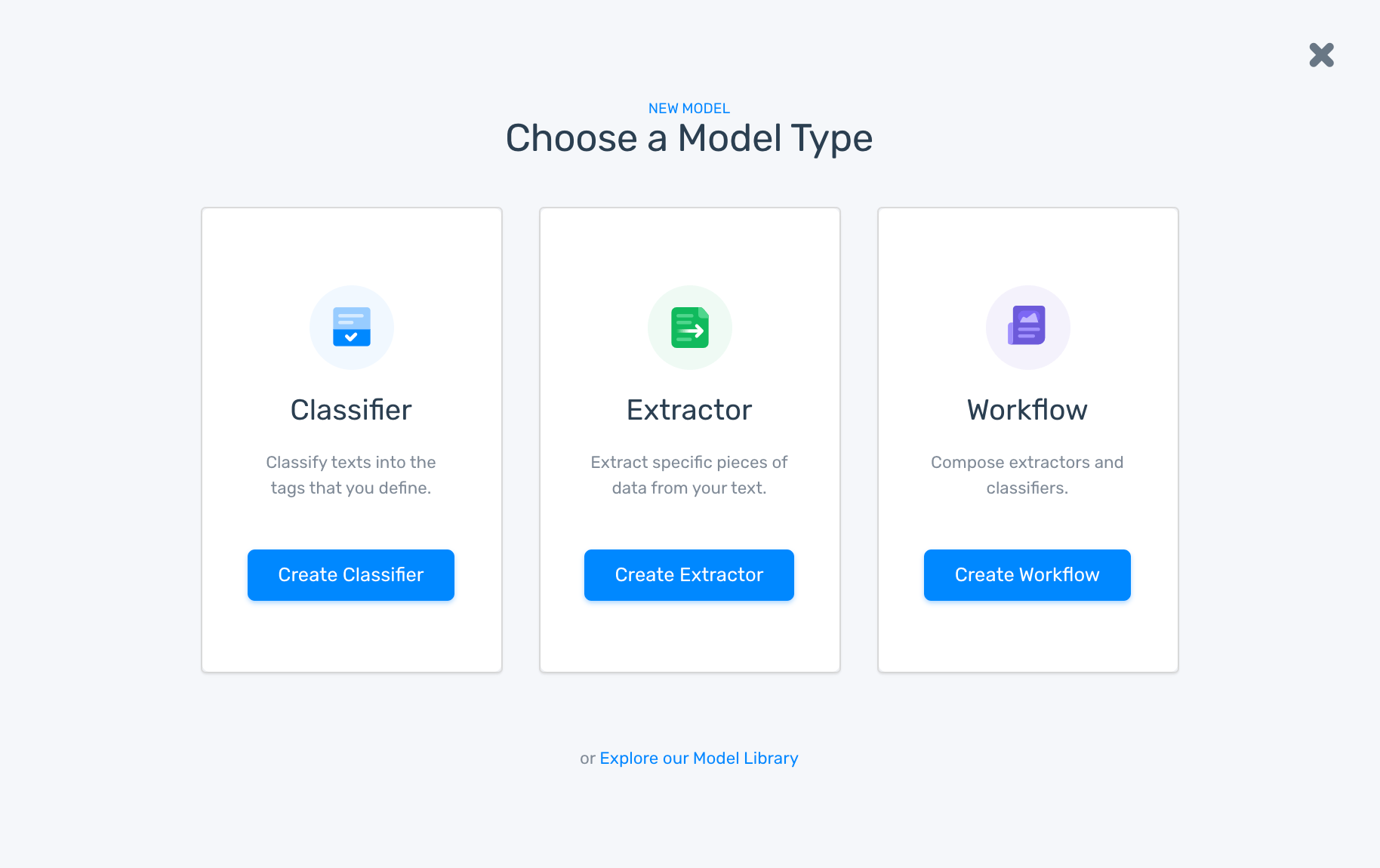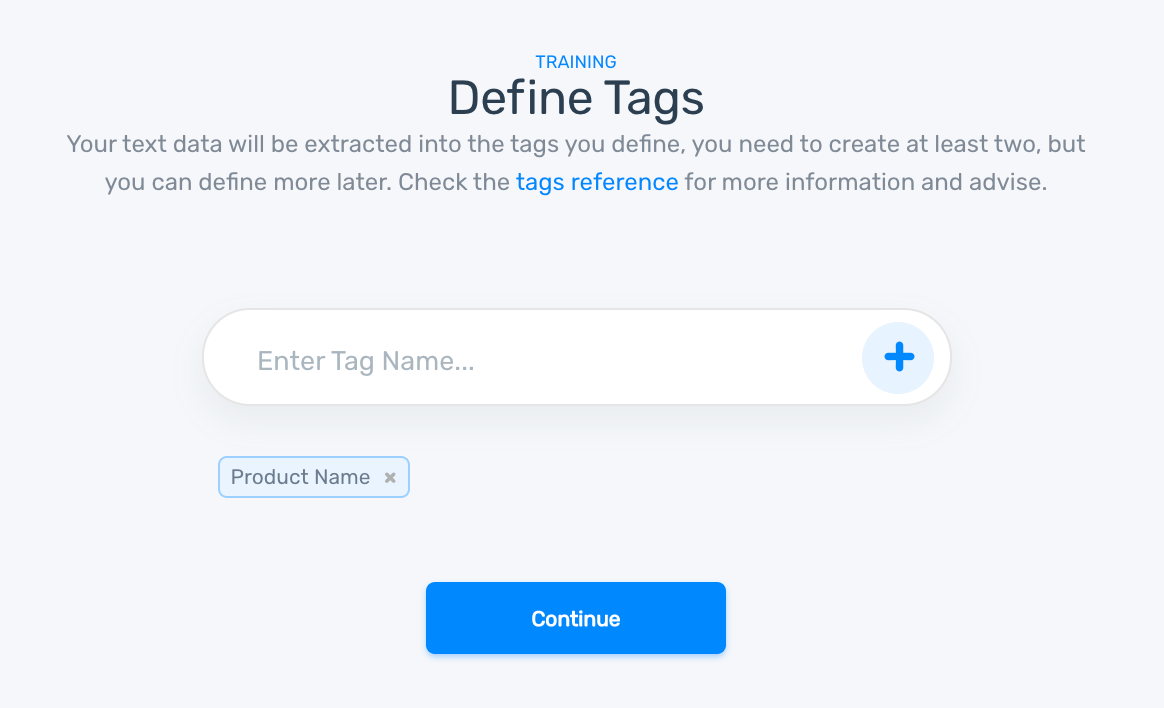Introduction to Entity Extraction: What Is It And How It Works

Entity extraction, also known as named entity extraction (NER), enables machines to automatically identify or extract entities, like product name, event, and location. It’s used by search engines to understand queries, chatbots to interact with humans, and teams to automate tedious tasks like data entry.
But what exactly is entity extraction?
What Is Entity Extraction?
Entity extraction is a text analysis technique that uses Natural Language Processing (NLP) to automatically pull out specific data from unstructured text, and classifies it according to predefined categories.
These categories are named entities, the words or phrases that represent a noun. This includes proper names but also numerical expressions of time or quantity, such as phone numbers, monetary values, or dates.
Here’s an example:

In business, entity extraction enables teams to find meaningful information in large amounts of unstructured text data. Sifting through hundreds of surveys, emails, customer support tickets, or product reviews, would take countless hours of manual work. But thanks to automated entity extraction, you can get the data you need in just seconds.
Here are some of the most popular applications of entity extraction:
Find Relevant Insights in Customer Feedback
Listening to customer feedback is essential to find out what your company is doing well and what you need to improve. By analyzing survey responses, product reviews, or social media posts, you can learn how customers perceive your brand and products.
With entity extraction, you can easily detect when customers mention your brand or others. For instance, you may be interested in customer feedback mentioning your competitors and specific products relevant to your business. Maybe there’s an integration with another service that your customers wish you had. Or a feature that they value and keep mentioning.
You can combine entity extraction with sentiment analysis to gain further insights into how customers feel towards other brands or services.
Get the Data you Need from Customer Support Tickets
As your business scales, keeping up with customer support tickets becomes more challenging. Using help desk software, like Zendesk, allows you to manage and organize all your tickets in one place. But what about making sense of them?
Entity extraction tools help automate ticket tagging and route tickets to the right agent. Use it to extract relevant information within your tickets, such as product type, shipping date, and serial numbers. You can also extract company names, emails, or URLs and use this information to categorize tickets and route them accordingly.
Improve Content Recommendations
One of the most abundant use cases of entity extraction involves automating personalized recommendations. Large companies like Amazon and Netlfix use extraction techniques to deliver content that’s tailored to their customers’ preferences and behavior, keeping them constantly engaged.
By automatically identifying entities in a product description, recommendation systems can detect other products containing similar entities. This can be applied to many industries, from e-commerce to news publications.
How to Do Entity Extraction?
SaaS tools are the most simple and cost-effective way to get started with entity extraction. They provide out-of-the-box, user-friendly solutions that you can easily integrate with your favorite tools.
MonkeyLearn, for example, hosts a suite of no-code tools for various text analysis tasks, including entity extraction. Use one of the pre-trained models or create your own customized entity extractor in a few simple steps.
Pre-Trained Models for Entity Extraction
MonkeyLearn offers a series of pre-trained machine learning models that you can start using right away. For example, this company extractor helps you find organization names in a dataset. Just paste a text into the box below and click on “Extract text” to see how it works:
To identify cities or countries mentioned in your data try out this location extractor:
Or, if you need to extract multiple entities all at once, use this entity extractor to automatically label names, organizations, and locations in your data.
There are three ways to use pre-trained models to analyze large datasets:
- Batch processing – simply upload your data in a CSV or Excel file.
- Using the MonkeyLearn API, available in all major programming languages.
- Through a point-and-click integration for popular apps like Zapier, Zendesk, or Google Sheets.
Build a Customized Entity Extractor with MonkeyLearn
Pre-trained models cover a wide range of use cases. However, for some industry-specific tasks you may need a customized tool that sorts texts into specific categories.
MonkeyLearn’s intuitive platform makes it very simple for you to build a customized entity extractor without writing a single line of code. Follow these steps to train a model fully adapted to your business needs:
1. Create a Model
Sign-up to MonkeyLearn for free, go to the dashboard, and click on “Create model”. Then, choose to create an Extractor.

2. Import your Data
Upload your dataset in a CSV or an Excel file, or import data from an app through one of the available integrations. For this tutorial, we’ll upload a dataset of Apple reviews.

Once the data is uploaded, choose the column you’d like to use. This data will be used to train your entity extraction model.

3. Define Categories (tags) for your Model
You need to add at least one (1) category for your entity extractor. Think of the type of data that you’ll want to obtain. In this case, we’d like to extract “Product Name”.

4. Train your Model
Manually tag examples by highlighting the words that match each of your categories. Your model learns from your criteria, so the more examples you tag, the better. After tagging a few texts, your entity extractor will start making its own predictions. You can always go back and correct predictions if they are not accurate.

5. Put your Model to Work
Once your model is ready, you can use it to analyze large amounts of data. Either batch-process data, connect your model through the MonkeyLearn API, or try one of the available integrations.

Get Started with Entity Extraction
Entity extraction identifies the key elements in a text and allows you to know who and what is being mentioned.
You can extract company names to find out when customers mention your competitors. Or pull out relevant data from customer queries to solve tickets faster. In other words, you can make routine tasks more efficient and save hours of manual processing.
With MonkeyLearn’s no-code tools, it’s very simple to get started. Try one of our pre-trained models or customize your own extractor in a few steps. Sign-up now and start gaining insights from your data!

Inés Roldós
November 9th, 2020






